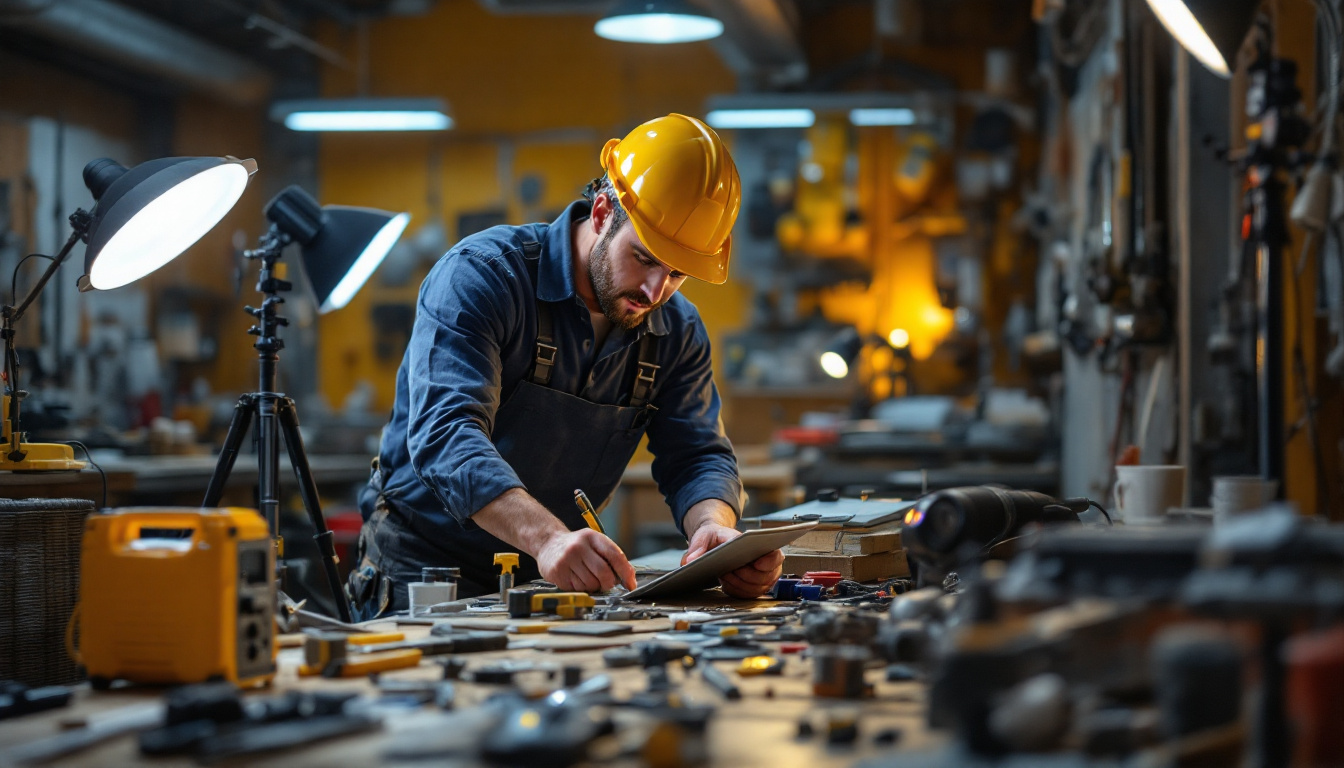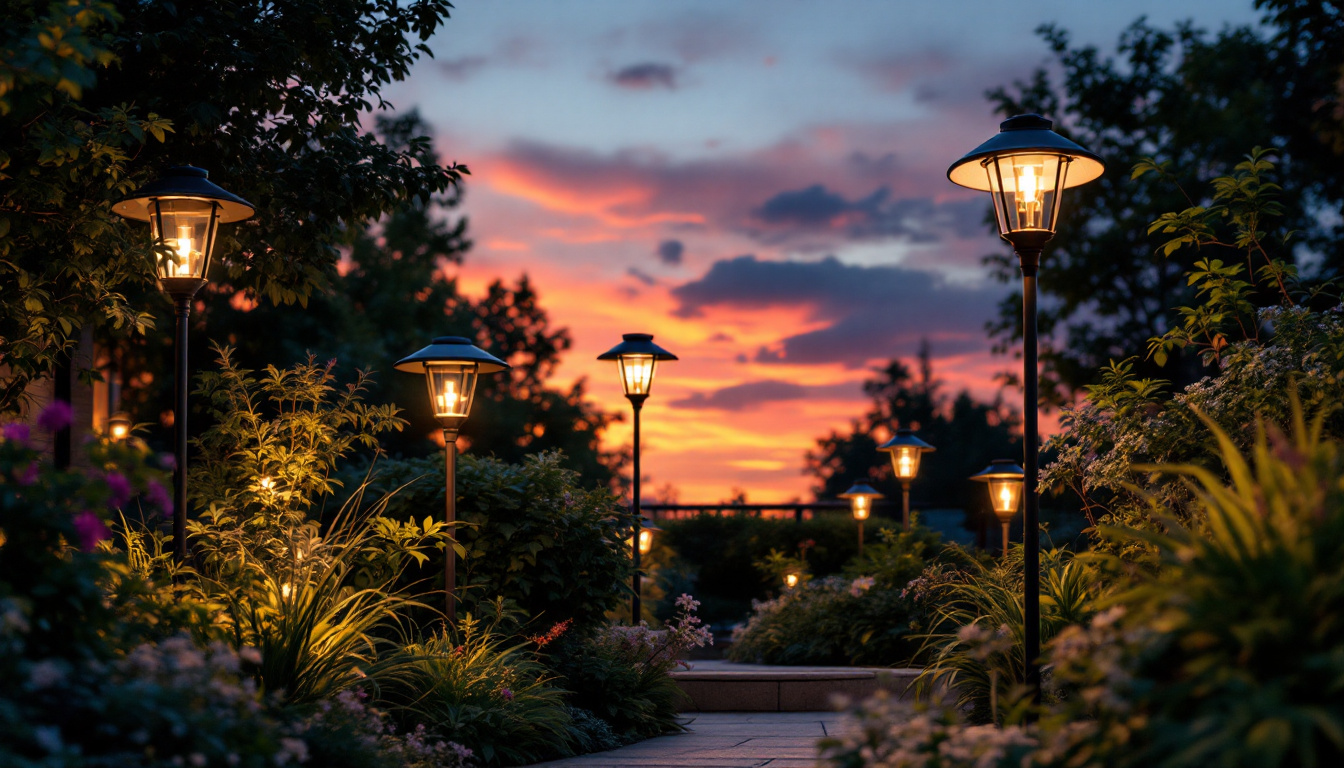
Lighting Metal: What Lighting Contractors Often Overlook
When it comes to lighting design and installation, the choice of materials is often an afterthought for many contractors. However, selecting the right metal for light fixtures can significantly impact not only aesthetics but also functionality and longevity. Metals such as aluminum, brass, and stainless steel each have unique properties that can enhance or detract from a lighting project.
Aluminum, for instance, is lightweight and resistant to corrosion, making it an ideal choice for outdoor fixtures. On the other hand, brass offers a classic look and excellent durability, but it may require more maintenance to prevent tarnishing. Understanding the properties of these materials allows contractors to make informed decisions that align with the project’s goals.
Corrosion resistance is a critical factor in material selection, especially for outdoor installations. Metals that are prone to rust can lead to costly repairs and replacements over time. Lighting contractors should be aware of the environmental conditions where the fixtures will be installed. For coastal areas, for example, stainless steel or specially coated metals may be necessary to withstand the salty air.
Additionally, the use of protective finishes can enhance the longevity of metal fixtures. Powder coating, anodizing, and other treatments can provide an extra layer of protection against the elements, ultimately extending the life of the installation. Furthermore, understanding the local climate can guide contractors in choosing the right finishes; for instance, areas with high humidity may benefit from additional moisture-resistant coatings to prevent corrosion.
The weight of the metal used in lighting fixtures can also affect installation and maintenance. Heavier metals may require more robust mounting solutions, which can complicate the installation process. Conversely, lightweight materials can simplify the installation but may compromise durability. Contractors must strike a balance between aesthetics and practicality when selecting materials for their projects.
Furthermore, understanding the weight distribution of the lighting fixtures can prevent issues during installation and ensure that the fixtures remain securely mounted over time. This is particularly important for fixtures that are suspended from ceilings, where uneven weight distribution can lead to safety hazards. Additionally, the choice of mounting hardware should be compatible with the weight and type of metal used, ensuring a secure and stable installation that can withstand the test of time.
Another aspect to consider is the thermal conductivity of the materials. Metals like aluminum dissipate heat more effectively, which can be crucial for LED fixtures that generate heat during operation. Proper heat management not only enhances the performance of the lighting but also prolongs the lifespan of the bulbs. By selecting materials that complement the thermal requirements of the lighting design, contractors can optimize both energy efficiency and safety in their installations.
Thermal conductivity is another essential aspect that lighting contractors often overlook. The ability of a material to conduct heat can influence the performance and lifespan of lighting fixtures. Metals with high thermal conductivity, such as aluminum, can dissipate heat effectively, which is crucial for preventing overheating in LED fixtures.
When designing lighting systems, it is vital to consider how heat will be managed. Poor heat dissipation can lead to reduced efficiency and a shorter lifespan for the bulbs. Contractors should evaluate the thermal properties of the materials they choose and consider integrating heat sinks or other cooling mechanisms where necessary. Additionally, the placement of fixtures in relation to heat sources, such as HVAC systems or direct sunlight, should be carefully planned to minimize thermal stress on the components.
The thermal properties of metals can also affect energy efficiency. By selecting materials that enhance heat dissipation, contractors can improve the overall performance of lighting systems. This not only benefits the end user by reducing energy costs but also aligns with sustainability goals that are increasingly important in today’s market.
Moreover, energy-efficient lighting solutions can lead to fewer replacements and lower maintenance costs, making them an attractive option for both contractors and clients. The integration of smart technologies, such as sensors and dimmers, can further enhance energy efficiency by adjusting light output based on occupancy and ambient light levels. This not only conserves energy but also contributes to a more comfortable and adaptable environment, catering to the specific needs of different spaces, whether residential or commercial.
In the world of lighting design, aesthetics play a crucial role in the overall appeal of a project. The choice of metal can significantly influence the look and feel of a space. Contractors should consider how different metals can complement the architectural style and interior design of the environment.
Brass fixtures, for example, can add a touch of elegance and warmth to a traditional setting, while sleek aluminum can enhance a modern aesthetic. Understanding the design implications of metal selection can help contractors deliver a cohesive and visually appealing result.
The finishing options available for metals can further enhance their aesthetic appeal. From brushed finishes to polished surfaces, the choice of finish can dramatically alter the look of a fixture. Contractors should be aware of the various finishes available and how they can be used to achieve specific design goals.
Additionally, custom finishes can be an option for contractors looking to provide unique solutions for their clients. Collaborating with manufacturers to explore custom finishing options can set a contractor apart in a competitive market.
Weight distribution is a crucial consideration in the design and installation of lighting fixtures. An uneven weight distribution can lead to instability, which may result in fixtures becoming misaligned or even falling. Contractors must carefully assess the weight of the fixtures and ensure that the mounting hardware is adequate to support them.
Moreover, understanding the dynamics of how light fixtures interact with their surroundings can help contractors avoid potential issues. For example, fixtures installed in high-traffic areas may require additional support to prevent accidents.
Choosing the right mounting solutions is essential for ensuring the stability and safety of lighting installations. Contractors should consider the type of surface where the fixtures will be mounted and select appropriate anchors and brackets. Additionally, the mounting hardware should be compatible with the weight and size of the fixtures.
In some cases, contractors may need to consult with structural engineers to determine the best mounting solutions, particularly for large or heavy fixtures. This collaboration can help prevent future problems and ensure a successful installation.
Maintenance is a critical aspect of any lighting installation, yet it is often overlooked during the planning phase. Different metals require varying levels of upkeep, and contractors should inform clients about the maintenance needs associated with their chosen materials. For instance, while stainless steel is relatively low-maintenance, brass may require regular polishing to maintain its luster.
Contractors should also consider the accessibility of fixtures for maintenance purposes. Fixtures that are difficult to reach may deter clients from performing regular upkeep, leading to premature wear and tear. Planning for easy access during the installation phase can save time and money in the long run.
The long-term durability of lighting fixtures is heavily influenced by the materials used and their maintenance requirements. Contractors should aim to select materials that not only meet aesthetic and functional needs but also provide longevity with minimal upkeep. This consideration can enhance client satisfaction and reduce the likelihood of warranty claims.
Furthermore, educating clients about the importance of regular maintenance can foster a sense of responsibility and ensure that the fixtures remain in optimal condition for years to come.
As sustainability becomes a growing concern in the construction and design industries, lighting contractors must consider the environmental impact of their material choices. Metals can vary significantly in terms of their ecological footprint, and selecting sustainable options can appeal to environmentally conscious clients.
For instance, recycled metals can be a more sustainable choice compared to newly mined materials. Contractors should explore suppliers that prioritize sustainability and offer eco-friendly options. This not only benefits the environment but can also enhance the contractor’s reputation in the marketplace.
In addition to considering the materials used in fixtures, contractors should also focus on energy-efficient lighting solutions. LED technology, for instance, has revolutionized the lighting industry by providing long-lasting, energy-efficient options. By integrating energy-efficient bulbs with sustainable materials, contractors can create lighting systems that are both environmentally friendly and cost-effective.
Promoting energy-efficient solutions can also resonate with clients who are looking to reduce their carbon footprint. By providing these options, contractors can position themselves as leaders in sustainable lighting design.
Lighting contractors play a crucial role in shaping the environments where people live and work. By paying attention to the often-overlooked aspects of metal selection, thermal conductivity, weight distribution, maintenance, and sustainability, contractors can elevate their projects and ensure long-lasting results.
Understanding the nuances of material selection not only enhances the aesthetic appeal of lighting installations but also contributes to their functionality and durability. As the industry continues to evolve, staying informed about the latest trends and technologies will empower contractors to deliver exceptional lighting solutions that meet the needs of their clients.
Ultimately, a thoughtful approach to lighting design and installation can lead to greater client satisfaction and a stronger reputation in the competitive landscape of the lighting industry.
Ready to take your lighting projects to the next level? At LumenWholesale, we provide lighting contractors with the superior materials and energy-efficient solutions you need to create stunning, sustainable environments. Our spec-grade lighting products come at unbeatable wholesale prices, ensuring you don’t just meet but exceed your clients’ expectations. Say goodbye to middleman markups and hello to hassle-free bulk buying with free shipping. Elevate your lighting installations with the perfect blend of quality, affordability, and convenience. Discover our extensive selection and secure the best value for your lighting needs today at Wholesale Lighting at the Best Value.

Discover essential tools and technologies that every lighting contractor needs to enhance efficiency and precision in their projects.

Discover effective strategies to train your team in LED tube lighting, enhancing efficiency and sustainability in your projects.

Discover the latest trend in lighting design with car-shaped light bulbs! This article offers expert advice for lighting contractors on how to incorporate these unique bulbs into projects, enhancing aesthetics and client satisfaction.

Discover the comprehensive guide to solar powered lights tailored for lighting contractors.